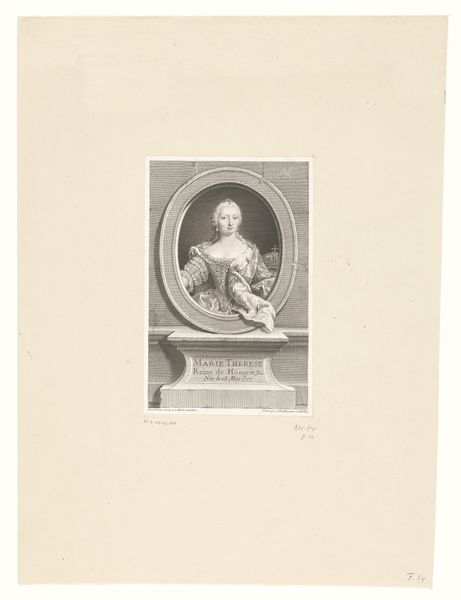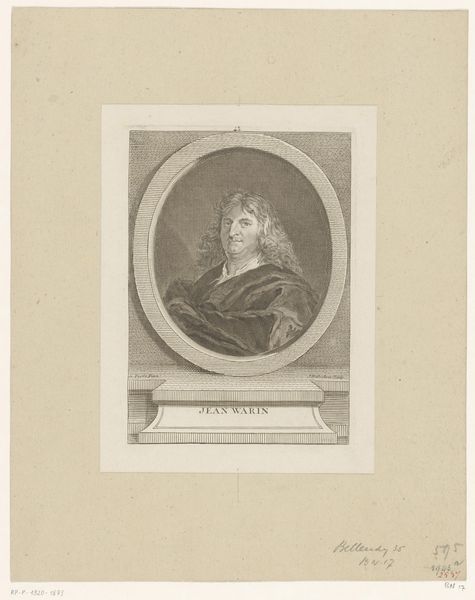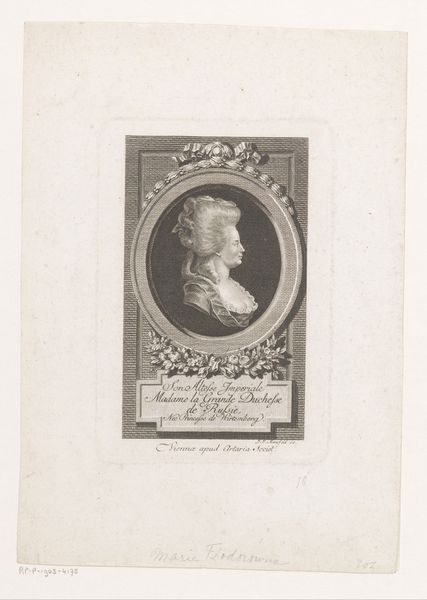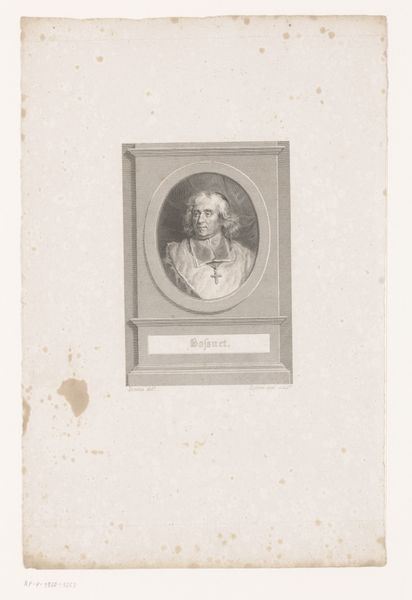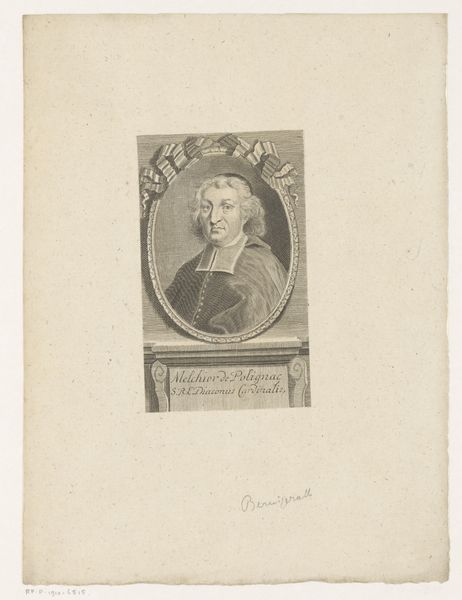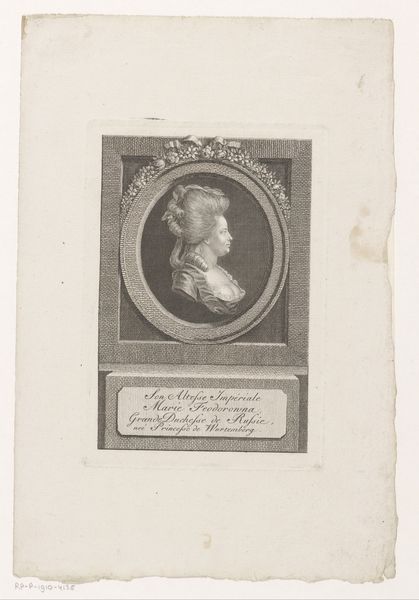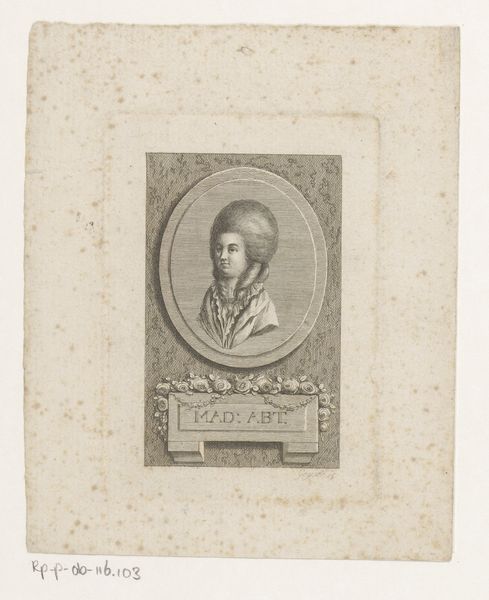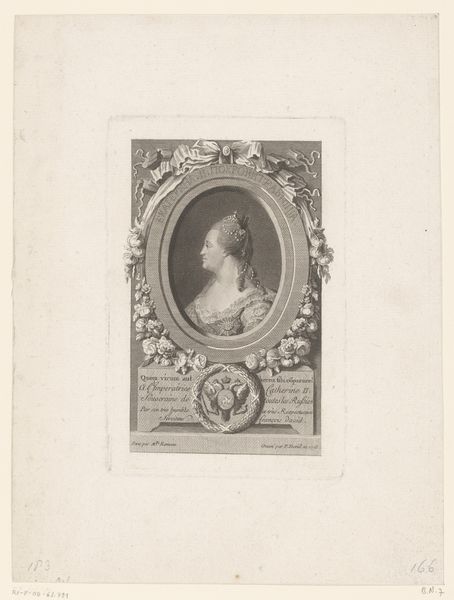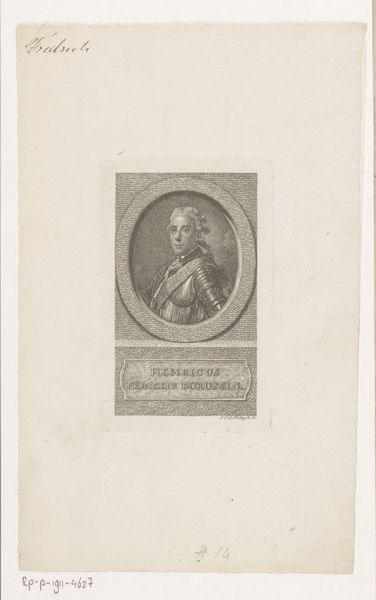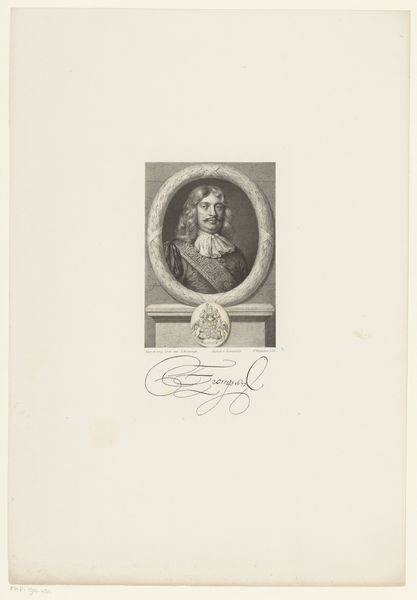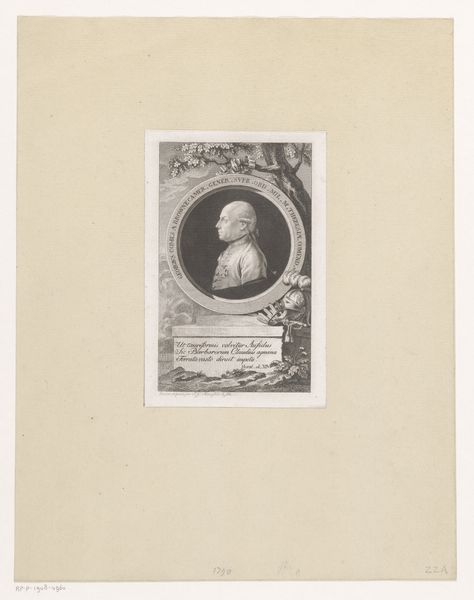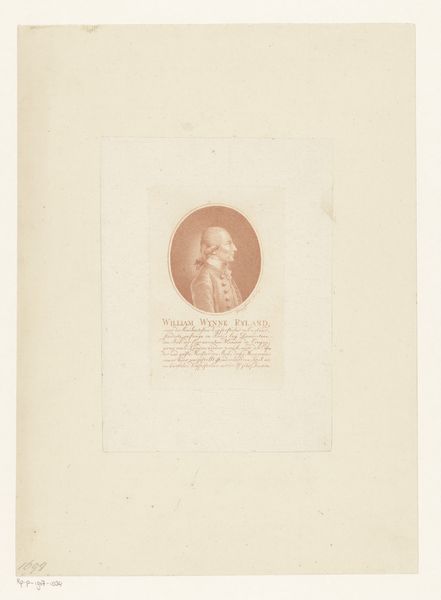
print, paper, engraving
#
portrait
#
baroque
# print
#
paper
#
engraving
Dimensions: height 195 mm, width 146 mm
Copyright: Rijks Museum: Open Domain
Curator: Welcome! We are standing before Jacob Houbraken's "Portret van Frans de Haes" created in 1757. This baroque portrait is a print, specifically an engraving on paper, and resides here at the Rijksmuseum. Editor: Oh, there's such a stillness about him, contained, almost sculpted. It's like the print captures not just a face, but a feeling of reserved composure—a quiet pride perhaps? Curator: I agree. It is worth noting how the engraving technique contributes to this feeling. Houbraken meticulously worked the plate, cutting lines to define form and texture. Considering the printing process itself, the resulting image involves the labour, and skill that goes into reproducible artwork in 18th-century Dutch society. The commercial distribution of these prints helped solidify reputations of artists and patrons. Editor: That's true. And it lends itself beautifully to that ornate, almost over-the-top frame around his face. It feels like theatre, each line etched with purpose, adding weight and history to the image. It begs to be touched, to be understood not just visually but tangibly. Curator: Yes, and consider the paper itself – it served as the very vehicle for disseminating this image to a wide audience, an early form of mass media reflecting not just aesthetic taste but economic structures. I find the print-making medium truly interesting in this light. The baroque style is also evident in its elaborate composition, theatrical elements. Editor: Perhaps! But looking at Frans, framed as he is, I think of time... layers and layers of ink creating depth but ultimately trapping him. Does the frame elevate or imprison him? Perhaps it's both. Maybe this is just how I view all things—with ambivalence. Curator: It’s an excellent point. Considering art production alongside art reception allows us to appreciate this portrait within its specific social and historical framework, revealing the interconnectedness of art, labor, and the circulation of imagery. Editor: Definitely. As an artist I try to empathize with his journey to capture it. And through engaging, maybe those layers of time slowly fade into each other! It's the life of the work. Curator: Precisely, that dialectical relationship continues to reverberate across centuries.
Comments
No comments
Be the first to comment and join the conversation on the ultimate creative platform.

